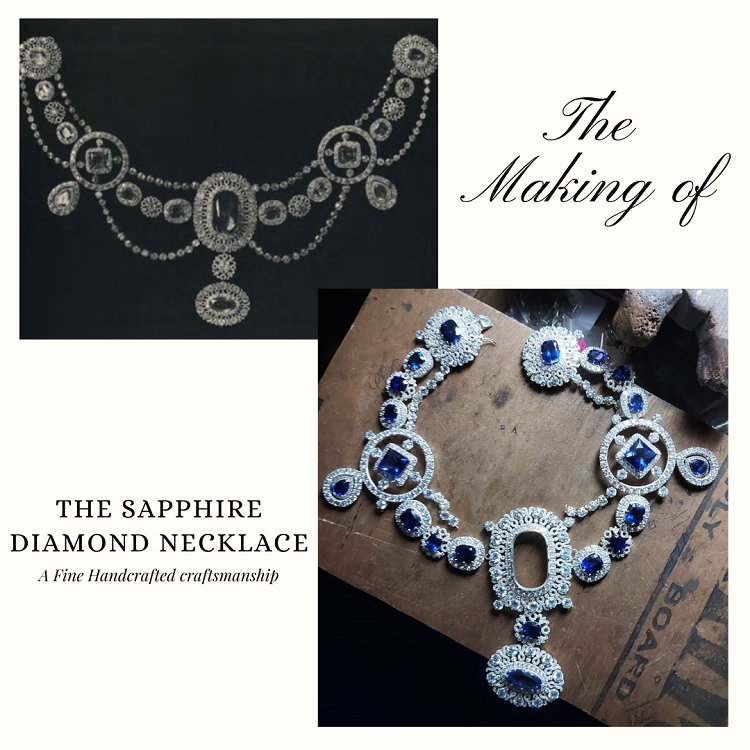
Maria Feodorovna, born Princess Dagmar of Denmark, embarked on a journey that intertwined love, tragedy, and royalty. Raised in a carefree yet god-fearing environment, Maria, affectionately called 'Minnie,' exhibited both beauty and intelligence from an early age. Her upbringing, alongside her sister Alexandra, included education in housekeeping, painting, drawing, and language studies in German, French, and English.
As Maria's father ascended to the throne as the King of Denmark, she became one of the most sought-after princesses in Europe. The twist of fate led her to the attention of Tsarevich Nicholas Alexandrovich of Russia, who had been captivated by her beauty through photographs. Their love story took a tragic turn when Nicholas fell seriously ill and passed away in 1865. His dying wish was for Maria to marry his younger brother, the future Alexander III.
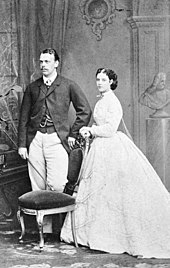
Despite the initial reluctance of Alexander, who was in love with another, he visited Denmark and, peering over photos of his deceased brother, asked Maria if she could ever love him. In mourning, Maria sincerely replied that she could love no other. Their engagement was announced in 1866, and they married later that year.
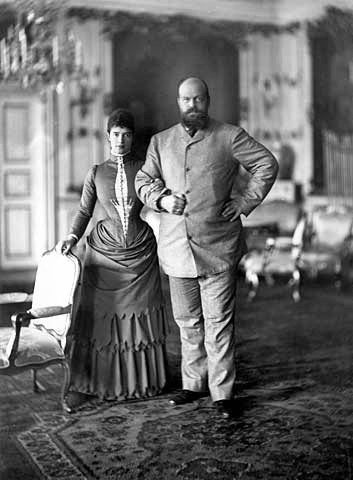
Maria Feodorovna's transition to Russia was met with apprehension from the public, concerned about how the young empress would adapt to a new country with different traditions, culture, and religion. However, Maria's warm demeanor, affectionate smile, and uplifting spirit quickly made her a beloved figure in Russia. She converted to Orthodoxy and became Grand Duchess Maria Feodorovna of Russia.
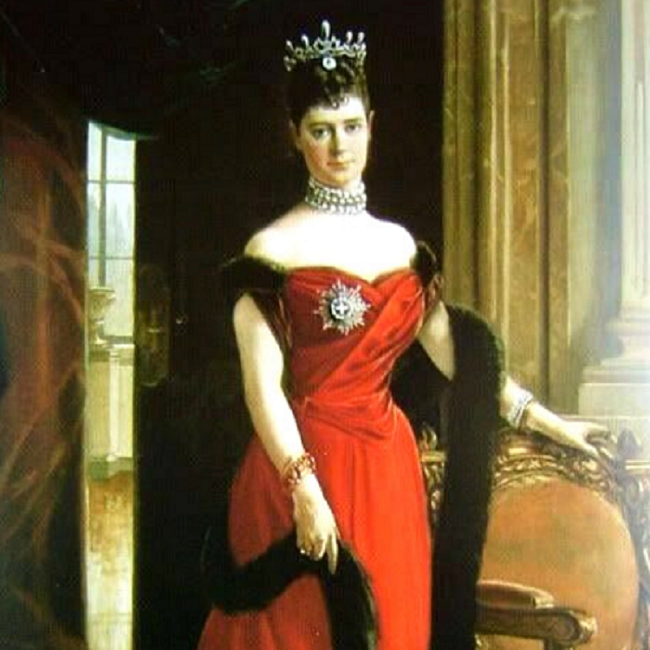
The imperial couple had five children, and Maria was particularly close to her son George. After the Russian Revolution in 1917, Maria fled to London, taking with her some magnificent jewelry pieces, including the famous diamond brooch. Her collection also featured the Duchess's Pearl Wave Tiara, an exquisite piece adorned with over 500 brilliant diamonds and 18 drop-shaped pearls.

Another notable piece from Maria's collection was the festoon sapphire necklace, featuring a large center sapphire weighing 159.25 carats and a total of 15 other sapphires and 414 diamonds. The necklace was part of a parure that included brooches and a kokoshnik-style tiara.

Unfortunately, most of Maria Feodorovna's imperial jewels were confiscated by the Bolsheviks after the Russian Revolution, with only a few resurfacing over the years.
Adastra Jewelry, known for its exquisite handcrafted pieces, has recreated some of the captivating jewelry from Maria Feodorovna's collection. Among these replicas are the Duchess's Pearl Wave Tiara, the festoon sapphire necklace, and other historically significant pieces that pay homage to the grandeur of imperial Russia.
As we delve into the fascinating journey of Maria Feodorovna, we are reminded not only of her personal trials and triumphs but also of the enduring allure of the imperial jewels that once adorned her. While the original pieces may have been lost to history, Adastra Jewelry's recreations allow enthusiasts to capture a glimpse of the splendor that defined an era and a remarkable empress.
The Sapphire Festoon Necklace

The Diamond and Wave Pearl Tiara

The Diamond and Wave Pearl Necklace
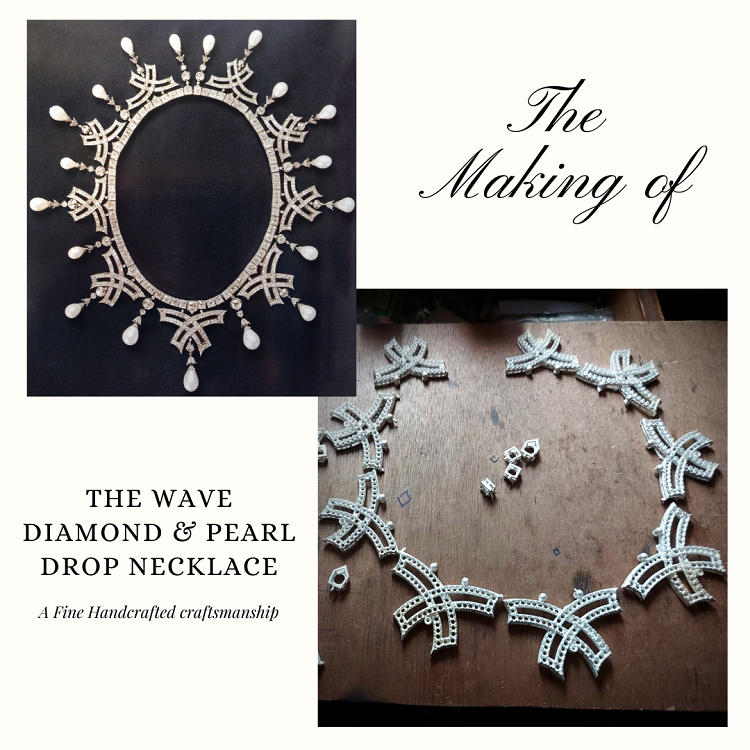

The Diamond Corsage Brooch

